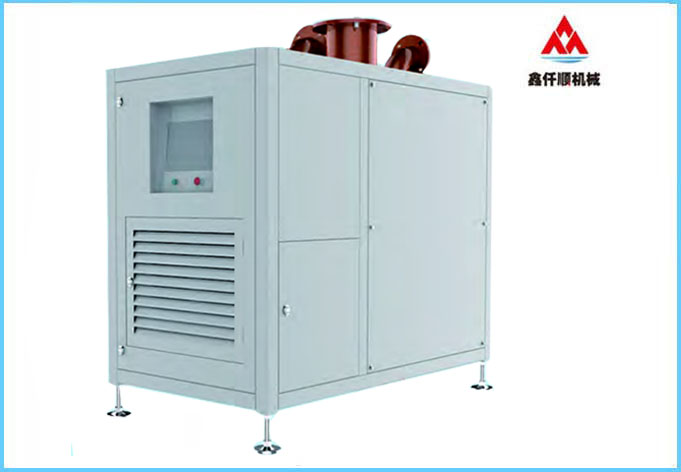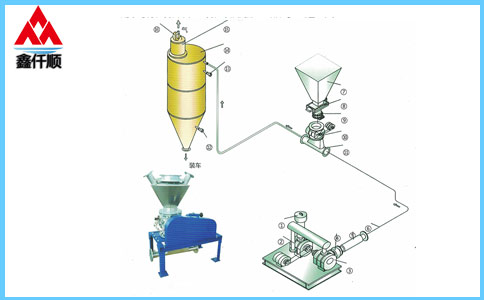How does Roots blower work?
Source: Roots blower manufacturer
Published on: November 1, 2023
Hits:
Related information
-
How to install the gear of Roots blower? -
What are the methods for selecting Roots blower model? -
How to debug Roots blower? -
What principles should be followed in the maintenance of three leaf roots blower? -
Why cast iron is used for machining the casing and impeller of Roots blower? -
What factors affect the outlet of Roots blower? -
How to solve the problem of continuous heating of triangular belt of three blade roots blower? -
What should we do if the Roots blower is short of explosive gas? -
What factors should be considered when selecting Roots blower? -
What is the reason for the damage of the rolling bearing of the high-pressure roots blower?
Xinqianshun's latest products
Random articles
-
What if Roots blower is stuck? Don't panic, do this -
Innovative application of Roots blower in printing and packaging equipment -
What are the differences between Roots blower and air suspension blower? -
Causes of Roots blower tripping -
How to determine the exhaust pressure and water depth of Roots blower? -
What is the maximum temperature of roots blower? Methods for cooling roots blower: -
Will the shipment of Roots blower be affected by 2 newly confirmed cases in Jinan? -
Roots blower shall minimize pipeline pressure loss and other pressure losses -
Operating conditions of roots blower: why does roots blower produce hot air? -
Fault Analysis and Solution of Roots Blower (Summary)
Latest news articles
-
How to install the gear of Roots blower? -
What are the methods for selecting Roots blower model? -
How to debug Roots blower? -
What principles should be followed in the maintenance of three leaf roots blower? -
Why cast iron is used for machining the casing and impeller of Roots blower? -
What factors affect the outlet of Roots blower? -
How to solve the problem of continuous heating of triangular belt of three blade roots blower? -
What should we do if the Roots blower is short of explosive gas? -
What factors should be considered when selecting Roots blower? -
What is the reason for the damage of the rolling bearing of the high-pressure roots blower?








